Home>Articles>How To Measure Accurately So Your Carpentry Projects Go Smoothly
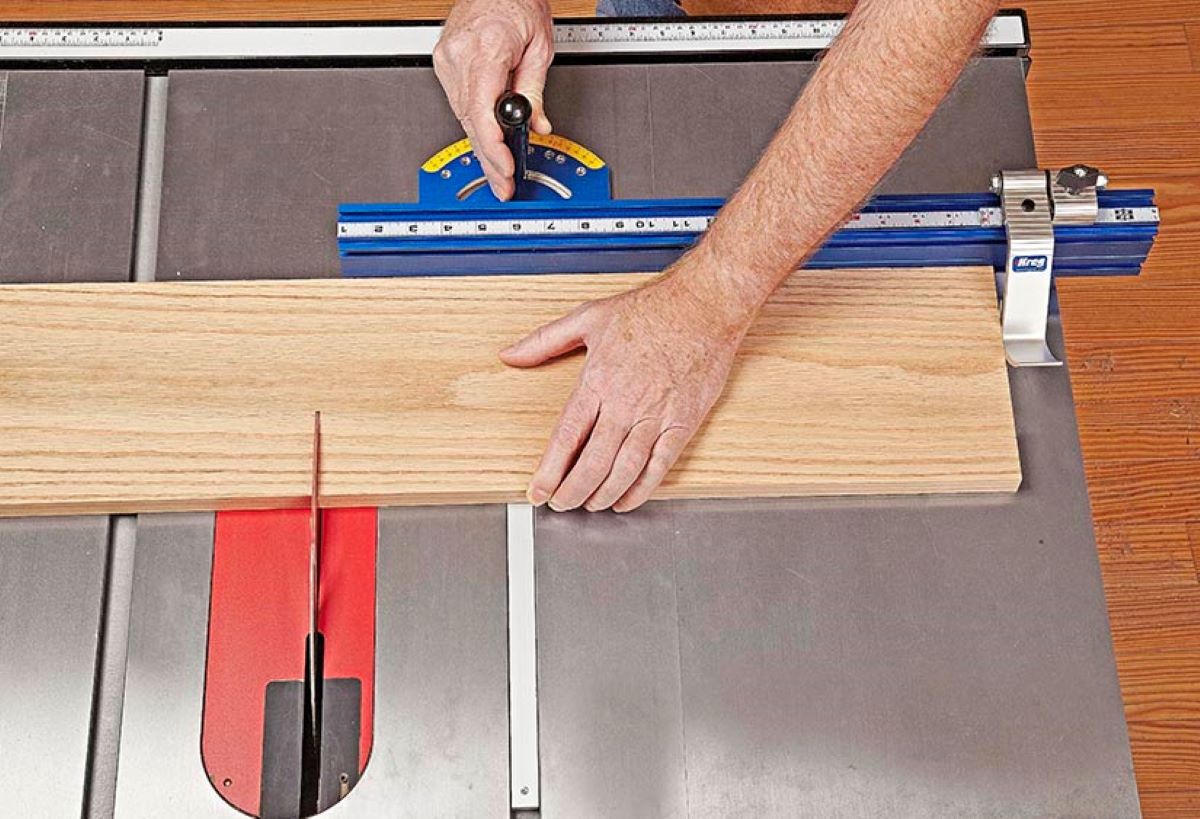

Articles
How To Measure Accurately So Your Carpentry Projects Go Smoothly
Modified: August 27, 2024
Learn how to measure accurately for your carpentry projects with these helpful articles, ensuring smooth and successful outcomes every time.
(Many of the links in this article redirect to a specific reviewed product. Your purchase of these products through affiliate links helps to generate commission for Storables.com, at no extra cost. Learn more)
Introduction
Welcome to our comprehensive guide on how to measure accurately for your carpentry projects. Whether you are a seasoned professional or a DIY enthusiast, precise measurements are crucial for achieving successful and smooth carpentry outcomes. Accurate measurements are the foundation of any woodworking project, ensuring that all pieces fit together perfectly and the end result meets your expectations.
Why is accuracy in measuring so important? Well, in the world of carpentry, even the slightest discrepancy can lead to a domino effect of errors. A minor miscalculation at the beginning of a project can result in ill-fitting joints, uneven surfaces, and a finished product that falls short of your vision. On the other hand, accurate measurements empower you to confidently work with precise dimensions, allowing your carpentry projects to come together seamlessly.
But how do you ensure accuracy in your measurements? What tools do you need? And what are the common mistakes to avoid? In this guide, we will answer these questions and provide you with a step-by-step process for measuring accurately in your carpentry projects. We will also share valuable tips to help you troubleshoot measurement errors and achieve the level of precision required for professional craftsmanship.
Before we dive into the details, let’s discuss the essential tools you’ll need to have on hand for precise measurements.
Key Takeaways:
- Accurate measurements are the cornerstone of successful carpentry projects, ensuring precise fits, efficient material usage, and professional craftsmanship. By following essential tools, step-by-step guides, and helpful tips, achieving precision becomes achievable.
- Avoiding common measurement mistakes, troubleshooting errors, and learning from each project are integral to honing carpentry skills. Embracing the importance of accurate measurements and continuous improvement leads to outstanding and enduring results.
Importance of Accurate Measurements in Carpentry Projects
Precision is the key to successful carpentry projects. Accurate measurements lay the foundation for well-crafted pieces and ensure the overall integrity and functionality of the final product. Here are some key reasons why accurate measurements are essential in carpentry:
- Fits and Assemblies: Accurate measurements are crucial for ensuring that all components of a woodworking project fit together seamlessly. Whether you’re building a cabinet, assembling furniture pieces, or constructing a deck, precise measurements guarantee that everything aligns properly, creating sturdy and secure structures.
- Aesthetics: Carpentry often involves creating visually appealing pieces. Accurate measurements are essential for achieving symmetry, balance, and proportion. Whether you’re crafting a decorative molding or a custom-built bookshelf, precise measurements will help you achieve the desired aesthetic outcome.
- Material Efficiency: Accurate measurements allow you to optimize material usage. By knowing the exact dimensions required, you can minimize waste and reduce costs. This not only benefits your budget but also contributes to sustainable practices by minimizing unnecessary waste.
- Time Efficiency: Accurate measurements save time in the long run. By avoiding measurement errors, you can eliminate the need for rework and adjustments. Efficient measuring techniques ensure that your carpentry projects progress smoothly, keeping you on schedule and preventing unnecessary delays.
- Professionalism: If you’re working as a professional carpenter, accurate measurements are a fundamental aspect of delivering high-quality work. Precise measurements showcase your attention to detail and professionalism, helping you build a strong reputation and gain the trust of clients.
Irrespective of the scale and complexity of your carpentry projects, investing time and effort into accurate measurements will pay off in the final result. It will make a significant difference in the fit, visual appeal, and durability of your creations.
Now that we understand the importance of accurate measurements in carpentry, let’s explore the essential tools that will assist you in achieving precision.
Essential Tools for Accurate Measurements
In order to achieve accurate measurements in your carpentry projects, you’ll need a set of essential tools that are specifically designed for precise measuring. Here are some of the must-have tools:
- Tape Measure: A tape measure is one of the most basic yet essential tools for carpentry. Opt for a reliable tape measure with a locking mechanism and a clear markings. A 25-foot tape measure is versatile enough for most woodworking projects.
- Combination Square: A combination square consists of a ruler and a pivoting head, allowing you to measure angles and mark lines at 90 degrees or other angles. It is a versatile tool for checking squareness, transferring measurements, and ensuring accurate perpendicular lines.
- Carpenter’s Level: A carpenter’s level is crucial for ensuring that surfaces and structures are level and plumb. Look for a level with a solid construction and clear bubble vials for accurate readings.
- Carpenter’s Pencil: Unlike regular pencils, carpenter’s pencils are specifically designed for marking on wood. They have a flat, rectangular shape that prevents them from rolling off surfaces and can be sharpened to a wider point for clear and visible markings.
- Calipers: Calipers are precision measuring instruments used for measuring small distances with high accuracy. They come in different types, such as Vernier calipers or digital calipers, and are ideal for measuring thicknesses, depths, or diameters.
- Bevel Gauge: A bevel gauge is used to measure and transfer angles accurately. It consists of a handle and an adjustable blade, allowing you to mimic or transfer angles to your workpieces.
- Marking Knife: A marking knife helps create precise, crisp lines for accurate measurements and cuts. It has a sharp blade that cuts through the wood fibers, leaving a clean and visible mark.
These are just a few examples of the essential tools for accurate measurements in carpentry. Depending on the nature of your project, you may also need tools like a digital laser measure, a framing square, or a telescoping gauge. It’s important to invest in good-quality tools that will withstand the demands of carpentry work and provide reliable and consistent measurements.
Now that you have the necessary tools at your disposal, let’s dive into the step-by-step process for measuring accurately in your carpentry projects.
Step-by-Step Guide to Measure Accurately
Accurate measurements are crucial for the success of your carpentry projects. Here’s a step-by-step guide to help you measure accurately:
- Prepare Your Workspace: Start by ensuring that your workspace is clean, well-lit, and free from any distractions. This will allow you to focus on the task at hand and prevent any errors due to clutter or poor visibility.
- Select the Appropriate Tool: Choose the appropriate measuring tool based on the specific measurement you need to take. For longer distances, use a tape measure, while for more precise measurements, opt for calipers or a combination square.
- Take Multiple Measurements: To ensure accuracy, always take multiple measurements of the same dimension. This helps account for slight variations and provides a more reliable average value.
- Use the Right Technique: Each tool has its own technique for obtaining accurate measurements. For example, when using a tape measure, make sure it is pulled taut and the measurement is taken at the zero mark for precise readings.
- Account for Kerf and Joint Allowance: When measuring for cuts that will be joined or have a blade kerf, compensate for the material that will be removed by adjusting your measurements accordingly. This ensures a proper fit when pieces are joined together.
- Record and Label Measurements: It’s important to record all measurements and label them clearly. This helps avoid confusion later on and ensures accurate transfer of dimensions from one piece to another.
- Recheck Measurements before Cutting: Before making any cuts, double-check your measurements to ensure accuracy. It’s better to spend a few extra minutes rechecking than to waste time and materials on incorrect cuts.
- Use Guide Blocks and Stops: When measuring and marking multiple pieces that require the same measurement, use guide blocks or stops to ensure consistency across all pieces. This eliminates the need to measure each piece individually.
- Measure in the Correct Order: When measuring multiple dimensions, follow the correct order to avoid errors. For example, when measuring for a shelf, measure the height, then the width, and finally the depth.
- Maintain a Steady Grip: When using tools like a tape measure or calipers, maintain a steady grip to ensure accurate readings. Shaky hands or a loose grip can result in inaccurate measurements.
By following these steps, you’ll be on your way to achieving precise measurements in your carpentry projects. However, accuracy isn’t just about the steps you take—it’s also about avoiding common mistakes. Let’s explore some helpful tips for ensuring precision in your measurements.
When measuring for carpentry projects, always use a steel measuring tape for accuracy. Avoid using a flexible tape measure as it can stretch and give inaccurate measurements.
Tips for Ensuring Precision in Measurements
Accurate measurements are essential for achieving successful carpentry projects. Here are some helpful tips to ensure precision in your measurements:
- Use a Stable Surface: When measuring, ensure that the surface you’re working on is stable and level. Uneven surfaces can lead to inaccurate measurements, so using a sturdy workbench or table is important.
- Avoid Parallax Errors: When measuring with a tape measure or ruler, make sure your eye is directly in line with the measurement marking. A slight tilt can lead to parallax errors, causing inaccurate readings.
- Take Clear and Accurate Readings: When using tools like a tape measure or calipers, read the measurement markings precisely. Avoid guessing or approximating measurements as it can compromise accuracy.
- Check for Level and Plumb: Before taking measurements, ensure that your tools and work surface are level and plumb. This will prevent any distortions or errors in your measurements.
- Account for Expansion and Contraction: If your project involves wood or other materials that are subject to expansion or contraction due to temperature and humidity changes, consider these factors when measuring. Leave appropriate gaps or allowances to accommodate any potential changes over time.
- Secure Materials for Precise Markings: When marking measurements on your workpieces, ensure that they are securely held in place. This will help prevent any movement or shifting that could affect the accuracy of your markings.
- Use Templates and Jigs: Templates and jigs can be incredibly useful for ensuring consistency in measurements. They can be used to transfer measurements and replicate shapes across multiple pieces, reducing the chances of errors.
- Stay Organized: Keep your measuring tools, pencils, and other equipment neatly organized and easily accessible. This will save you time searching for the right tools and help maintain focus during the measurement process.
- Practice Good Measurement Hygiene: Avoid excessive handling of measuring tools, as oils from your hands can transfer onto the surfaces, affecting accuracy. Additionally, regularly clean and inspect your measuring tools to ensure they are in good working condition.
- Ask for Assistance: If you’re unsure about a measurement or technique, don’t hesitate to seek guidance from an experienced carpenter or consult reliable resources. It’s better to clarify any doubts beforehand to avoid costly mistakes.
Following these tips will greatly improve the precision of your measurements and help you achieve accurate results in your carpentry projects. However, even with the best intentions, mistakes can still happen. Let’s explore some common measurement mistakes to be aware of and ways to troubleshoot them.
Read more: How Accurate Are Digital Calipers
Common Measurement Mistakes to Avoid
When it comes to carpentry projects, even a small measurement error can lead to significant issues down the line. Here are some common measurement mistakes to be aware of and avoid:
- Inaccurate Tools: Using faulty or inaccurate measuring tools can lead to incorrect measurements. Regularly check and calibrate your tools to ensure their accuracy.
- Estimating Measurements: Relying on guesswork or approximations can result in imprecise measurements. Always take the time to measure accurately rather than relying on estimations.
- Ignoring Kerf and Joint Allowance: Forgetting to account for the width of the saw blade or the extra material required for joints can lead to pieces that don’t fit together properly. Remember to adjust your measurements accordingly.
- Not Checking for Squareness: Neglecting to verify whether corners or edges are square can result in misaligned pieces. Always use a combination square or a framing square to ensure squareness.
- Mixing Metric and Imperial Units: Using different measurement systems inconsistently can cause confusion and inaccurate results. Stick to one system throughout your project to avoid errors.
- Improper Marking: Sloppy or unclear markings can lead to confusion and mistakes during cutting or assembly. Use a sharp pencil or a marking knife to make precise and easily visible marks.
- Not Rechecking Measurements: Failing to verify measurements before making cuts can result in irreversible errors. Always double-check your measurements to ensure accuracy.
- Ignoring Environmental Factors: Neglecting to consider factors like temperature, humidity, or wood movement can lead to measurements that don’t account for potential changes in the material. Adjust measurements as needed to accommodate such factors.
- Rushing the Measurement Process: Impatience can lead to hasty measurements and mistakes. Take your time, focus, and ensure each measurement is done accurately.
- Failure to Measure From Reference Points: Not measuring from established reference points can result in inconsistent or uneven measurements. Always measure from consistent reference points for reliable results.
By being aware of these common measurement mistakes and actively avoiding them, you can significantly reduce errors, save time, and achieve more accurate and precise measurements in your carpentry projects. However, if mistakes do occur, don’t worry. Let’s discuss some troubleshooting steps to help rectify measurement errors.
Troubleshooting Measurement Errors
Despite our best efforts, measurement errors can still happen in carpentry projects. It’s important to address these errors promptly and find solutions to rectify them. Here are some troubleshooting steps to help you correct measurement errors:
- Identify the Error: First, determine the nature of the measurement error. Did you measure too long or too short? Did you miscalculate an angle? Understanding the specific error will guide your troubleshooting process.
- Double-Check Your Measurements: Go back to your original measurements and verify their accuracy. Ensure that you followed the correct measuring technique and used the appropriate tool for the job. It’s possible that the error occurred during the initial measurement.
- Find the Source of the Error: Analyze what might have caused the measurement error. It could be a misaligned tool, human error, or a faulty calculation. Identifying the source will help prevent similar errors in the future.
- Make Adjustments as Necessary: If the error is due to a miscalculation or incorrect measurement, determine how much adjustment is needed to correct it. This may involve trimming a piece to the correct length, recutting an angle, or making additional material allowances.
- Consider Workarounds: In some cases, you may need to come up with creative solutions to salvage the project. This could involve using filler material or altering the design slightly to accommodate the measurement error.
- Consult with Experts: If you’re unsure how to rectify the measurement error, seek advice from experienced carpenters or industry professionals. They may offer valuable insights or alternative approaches to address the issue.
- Learn from the Mistake: Use the measurement error as a learning opportunity. Reflect on what went wrong and how you can prevent similar errors in the future. This could involve improving your measuring techniques, investing in better quality tools, or double-checking your work more diligently.
- Practice Patience and Perseverance: Carpentry projects require patience and persistence. Accept that mistakes can happen and approach troubleshooting with a calm and determined mindset. Remember, even experienced carpenters encounter measurement errors from time to time.
By following these troubleshooting steps, you can mitigate measurement errors and ensure your carpentry projects stay on track. Remember, it’s all part of the learning process, and with each project, your skills and precision will continue to improve.
As we conclude, let’s recap the importance of accurate measurements in carpentry projects.
Conclusion
Accurate measurements are the backbone of successful carpentry projects. They ensure precise fits, aesthetically pleasing results, and efficient use of materials. By following a step-by-step guide, using essential tools, and implementing helpful tips, you can achieve the level of precision required for professional craftsmanship.
We discussed the importance of accurate measurements in carpentry and why they matter. From ensuring proper fits and assembly to maintaining aesthetics and material efficiency, accurate measurements play a pivotal role in the outcome of your projects.
We explored the essential tools needed for accurate measurements, including tape measures, combination squares, carpenter’s levels, and more. These tools, when used correctly, empower you to take precise measurements and lay the foundation for top-notch woodworking.
We also provided a step-by-step guide to measure accurately in your carpentry projects. From preparing your workspace to taking multiple measurements and ensuring the right technique, each step is designed to help you achieve precise results.
To further enhance your measurement techniques, we shared valuable tips such as using stable surfaces, avoiding parallax errors, and staying organized. These tips will help you maintain precision throughout the measuring process.
Additionally, we discussed common measurement mistakes to avoid, such as estimating measurements, ignoring kerf and joint allowances, and neglecting to check for squareness. By being aware of these mistakes, you can take precautions to prevent them and ensure accurate results.
In the event that measurement errors do occur, we provided troubleshooting steps for rectification. By identifying the error, double-checking measurements, and making necessary adjustments, you can address and overcome measurement errors without compromising the integrity of your project.
Remember, carpentry is a skill that evolves with practice and experience. With each project, you will refine your measurement techniques and become more adept at producing accurate and precise results.
So, embrace the importance of accurate measurements in carpentry, equip yourself with the right tools, follow proper techniques, and learn from each project. By doing so, you’ll ensure that your carpentry projects go smoothly and produce outstanding results that stand the test of time.
Frequently Asked Questions about How To Measure Accurately So Your Carpentry Projects Go Smoothly
Was this page helpful?
At Storables.com, we guarantee accurate and reliable information. Our content, validated by Expert Board Contributors, is crafted following stringent Editorial Policies. We're committed to providing you with well-researched, expert-backed insights for all your informational needs.

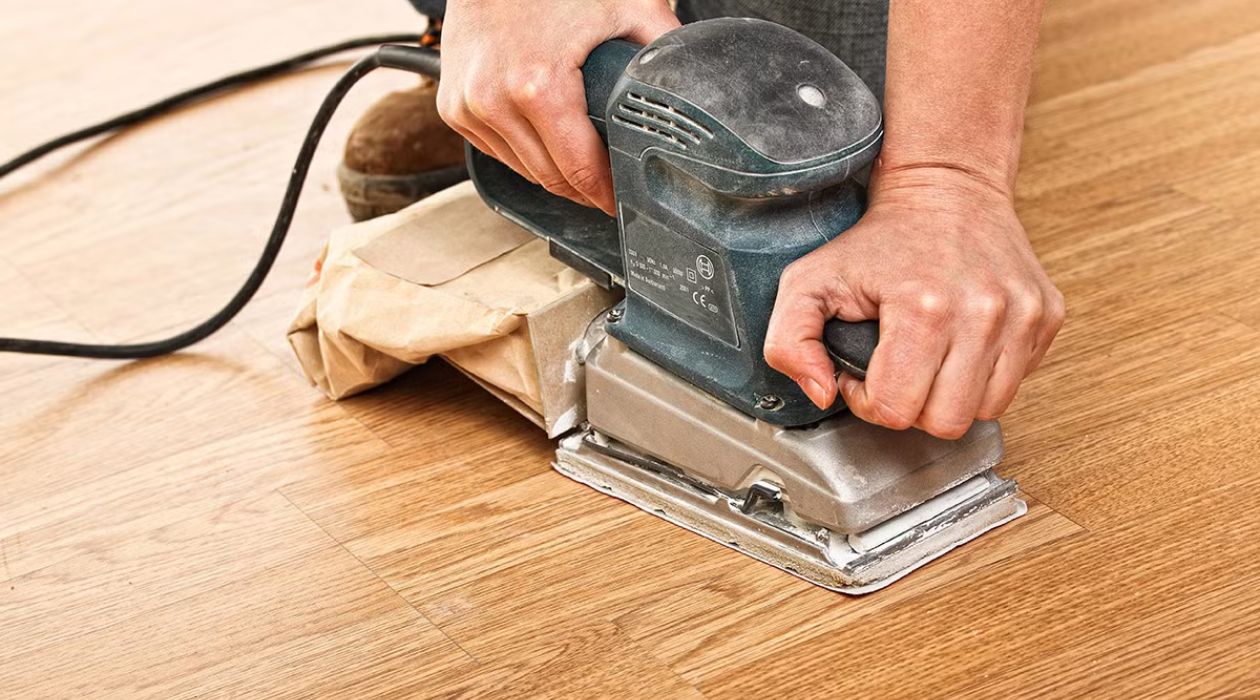
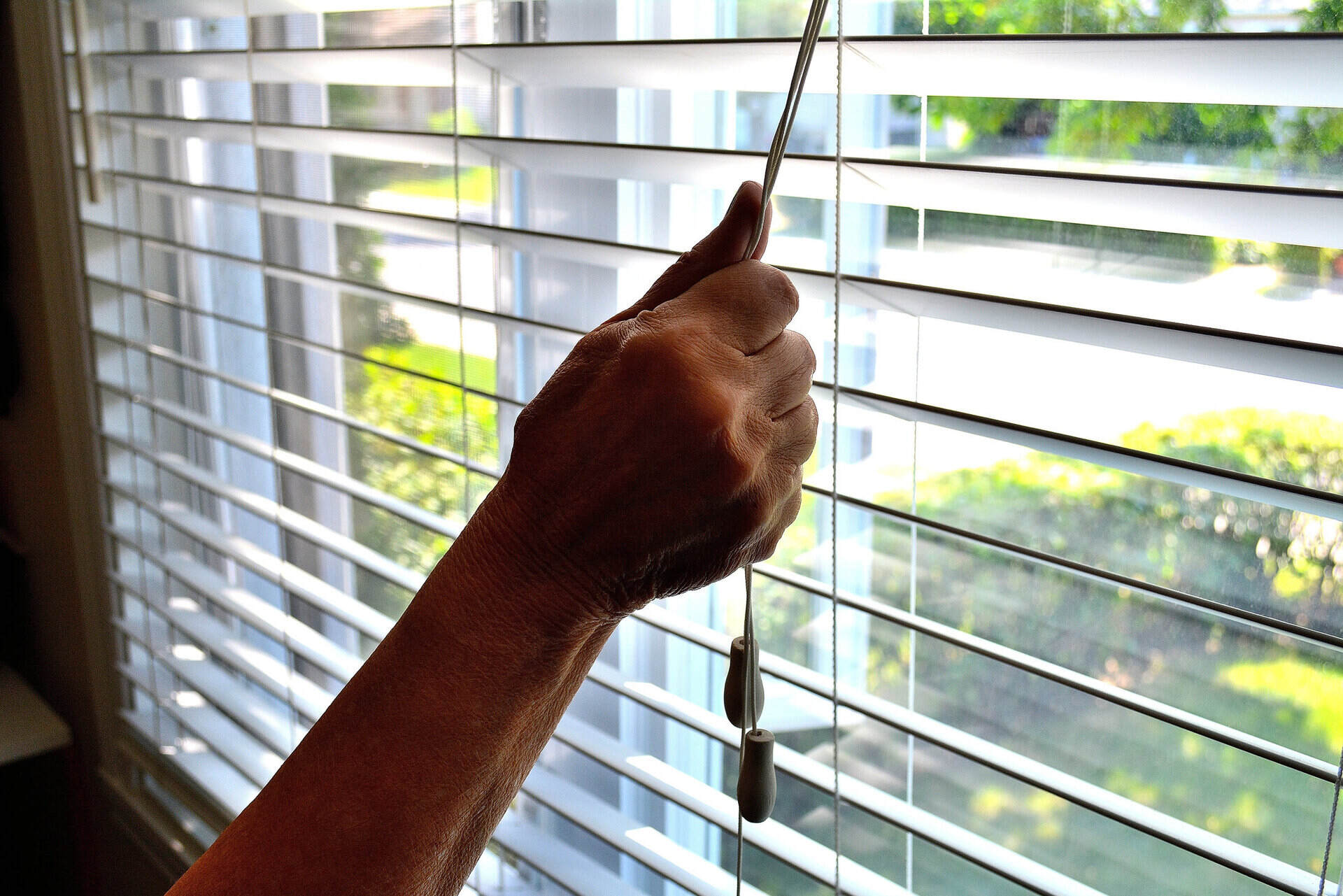
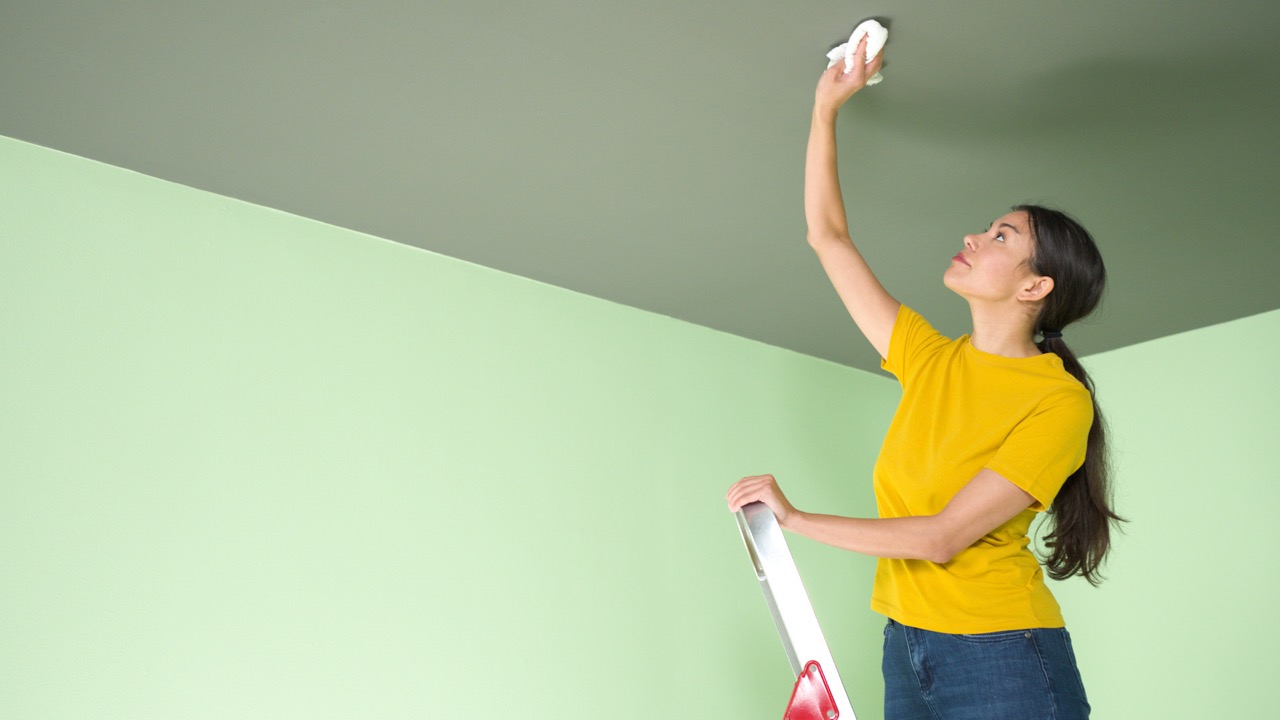

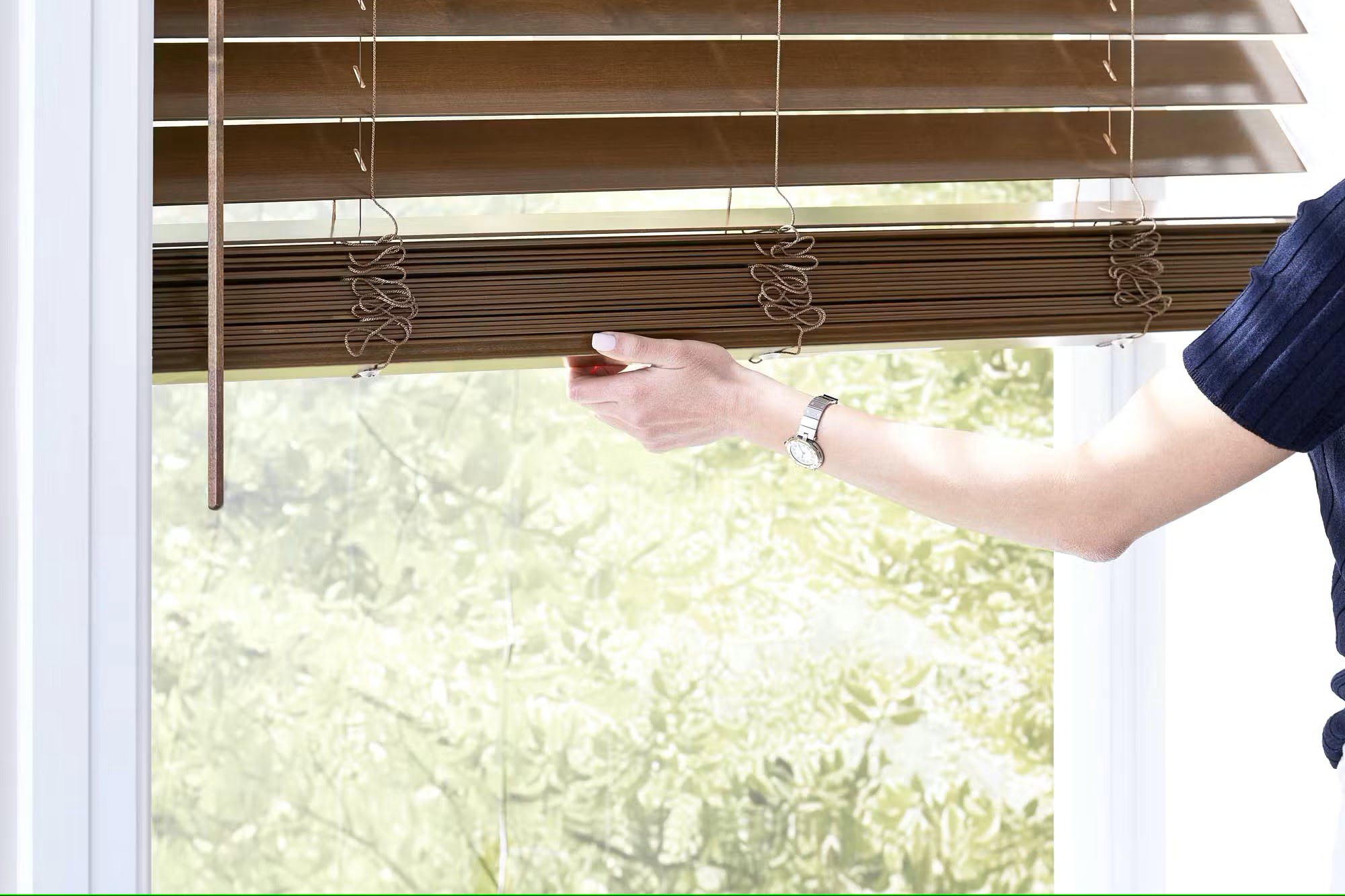
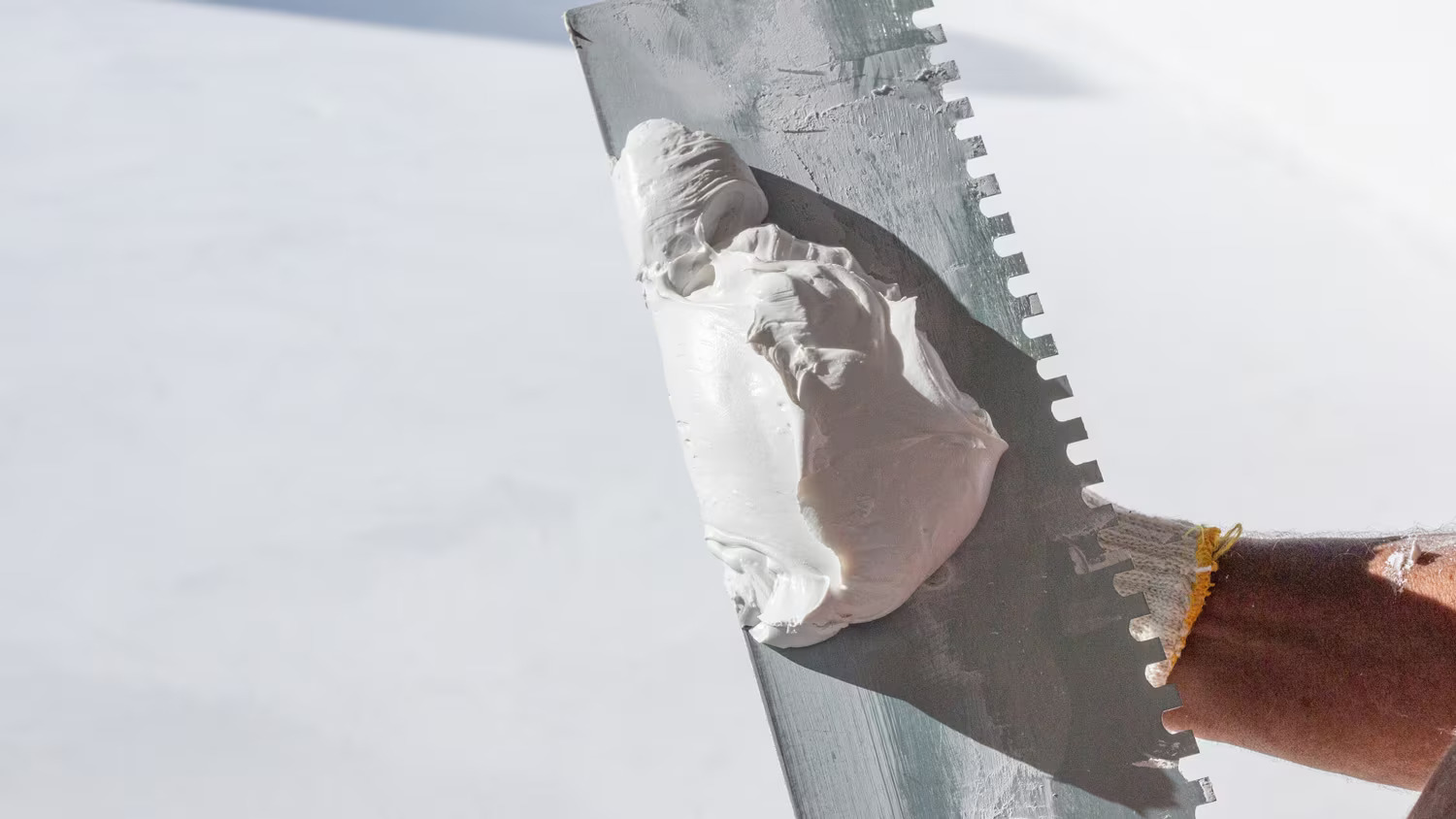




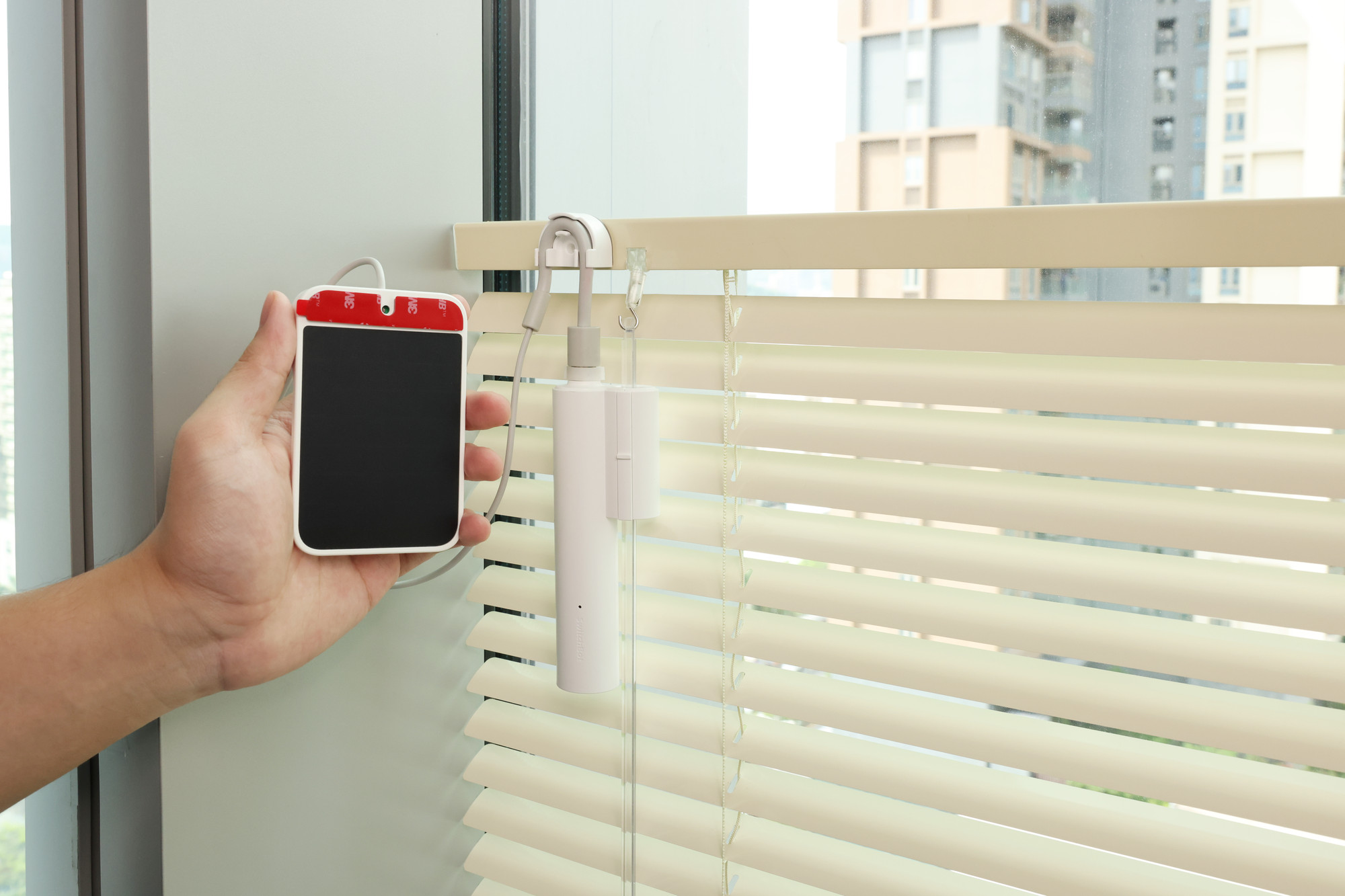



0 thoughts on “How To Measure Accurately So Your Carpentry Projects Go Smoothly”